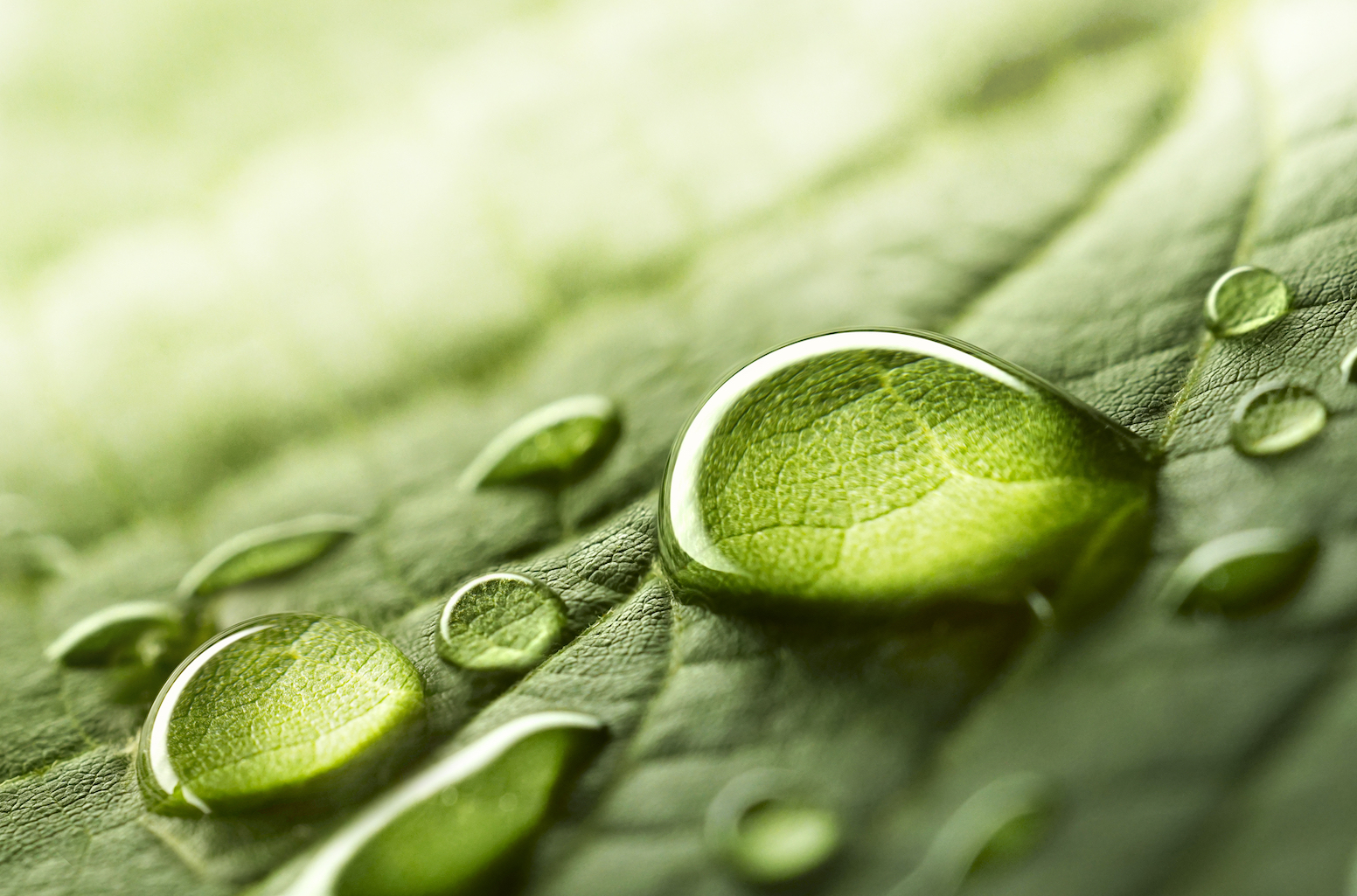
Not too dry, not too wet: the perfect climate for plants
Plants rely on water, sunlight, and nutrients to survive. Nutrients and water are absorbed through the roots and in a process called transpiration, where water from plants changes to vapor and is released into the atmosphere.
The amount of water a plant needs to thrive depends on the species, the climate, and how much water there is in the soil.
A new study conducted by researchers from Oregon State University measured transpiration in plants and discovered the “Goldilocks” climate that allows for maximum rainfall water usage by plants.
“When you think of water as a resource, transpiration is the total amount of water a plant is able to use,” said Stephen Good a hydrologist at Oregon State and the lead author. “It’s the part of the water cycle that is most linked to productivity of plants, ecosystems and agricultural systems. If environments could become more extreme than plants could be less productive.”
The optimal climate, according to the research, is intermediate: not too wet or too dry. Unfortunately these optimal climates are likely to be the most affected by climate change.
The study was published in the journal Nature Ecology and Evolution.
Researchers, led by Good, used models that determined how much rainfall was necessary for plants to thrive and be the most productive.
First, data was gathered from different landscapes and then the researchers modeled different outcomes using a new mathematical approach to find the perfect climate for optimal rainfall use.
This climate according to Georgianne Moore, a co-author of the study, is the “mesic maximum” or the middle of a curve between two ends of the climate spectrum.
“We found that the fraction of rainfall an ecosystem can use is largest at intermediate climates,” said Good. “We’re seeing through climate change that wet landscapes are getting wetter and dry landscapes are getting drier. Ecosystems in both of these types of climate will use less of their rainfall for growth.”
The research is important not only for understanding how much rainfall is optimal for plants, but will also serve conservationists and climate scientists looking to predict how climate change will affect Earth’s resources.
“It’s going to be a wet gets wetter, dry gets drier world,” said Moore. “There could be big consequences, as it will affect forests, grasslands, savannas, and deserts. Scientists can now use the model we have to help make predictions about the future of these plant communities.”
—
By Kay Vandette, Earth.com Staff Writer













